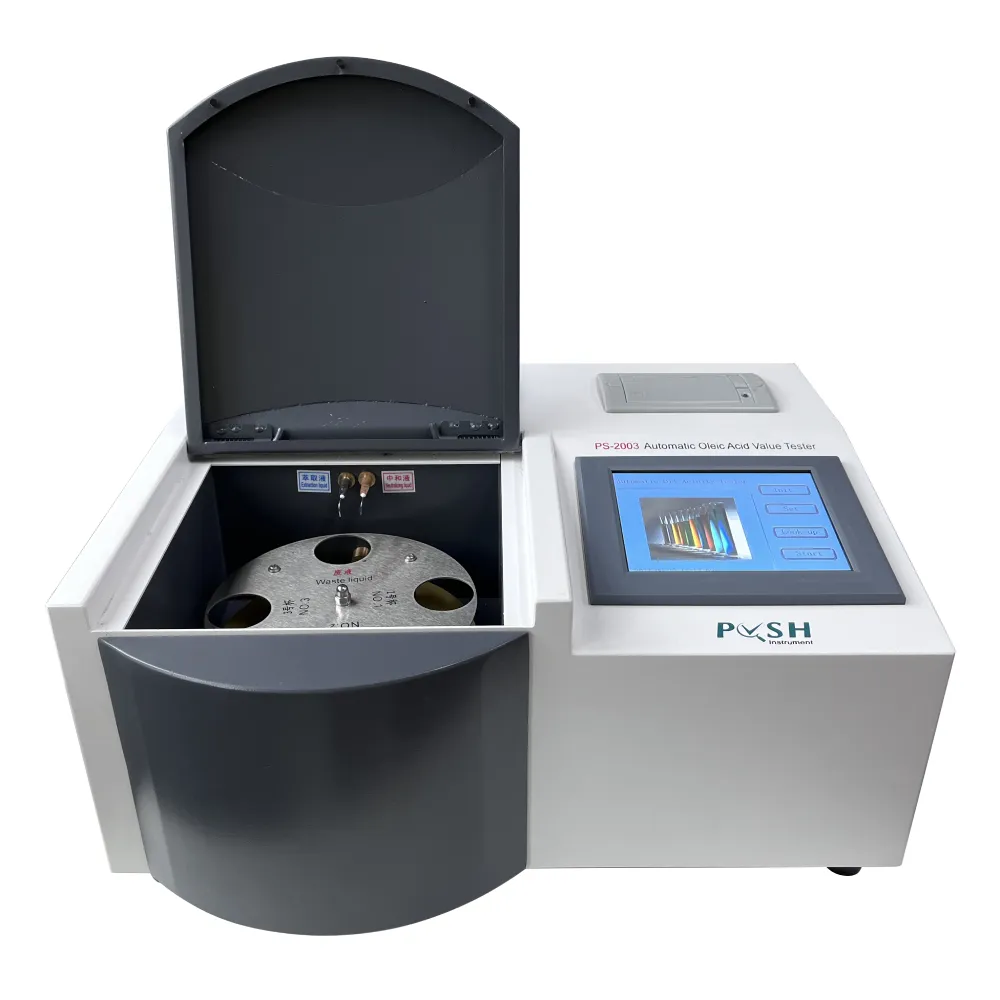 English
English


short circuit test of transformer calculations
Short Circuit Test of Transformer Calculations
The short circuit test of a transformer is a crucial procedure used to determine its equivalent circuit parameters, specifically the resistance and reactance. By simulating fault conditions, this test evaluates the transformer's behavior under short-circuit scenarios, ensuring its reliability and performance in real-world applications.
When conducting a short circuit test, the primary winding of the transformer is connected to an AC supply, while the secondary winding is short-circuited. This configuration minimizes the energy losses in the transformer, allowing for accurate measurement of the transformer's impedance. The test is commonly performed on transformers of various sizes, from small distribution transformers to large power transformers, serving as a key parameter in power system analysis.
The test procedure begins with the application of a low voltage to the primary winding. With the secondary winding short-circuited, most of the applied voltage drops across the primary winding’s impedance. The test voltage is adjusted until the rated current flows in the primary side. It is crucial to ensure that the transformer does not overheat during this process, hence monitoring the temperature closely is essential.
short circuit test of transformer calculations

Key parameters obtained from the short circuit test include the equivalent resistance (R) and equivalent reactance (X) of the transformer. These parameters are vital for understanding the performance of the transformer under operational conditions. The measured values are typically referred to as the short circuit impedance (Z), where \(Z = R + jX\). The results are often expressed in per unit (pu) values, allowing for easier comparison and analysis across different systems.
The significance of the short circuit test extends beyond the calculation of impedance. It provides insights into the transformer's thermal and mechanical characteristics. For instance, the resistance component indicates the copper losses during full-load operation, while the reactance gives information related to voltage regulation and the ability to withstand short circuit conditions. Understanding these factors can help engineers design protective mechanisms and operational strategies to ensure transformer safety and efficiency.
Moreover, the short circuit test plays an integral role in transformer design and selection. Engineers leverage the information gleaned from this test to specify appropriate insulation levels, cooling requirements, and structural reinforcements. By comprehending the transformer's limits, they can optimize the overall design to prevent failures and enhance longevity.
In conclusion, the short circuit test of transformers is an essential process that not only aids in determining equivalent circuit parameters but also enhances understanding of the transformer's operational limits. By simulating short circuit conditions, this test offers valuable insights that drive safe and efficient transformer design and operation. The outcomes greatly influence the transformer’s application in electrical networks, ensuring stability and reliability in power distribution systems. As technology continues to evolve, maintaining rigorous testing standards like the short circuit test will remain a cornerstone of transformer engineering practices.
-
Differences between open cup flash point tester and closed cup flash point testerNewsOct.31,2024
-
The Reliable Load Tap ChangerNewsOct.23,2024
-
The Essential Guide to Hipot TestersNewsOct.23,2024
-
The Digital Insulation TesterNewsOct.23,2024
-
The Best Earth Loop Impedance Tester for SaleNewsOct.23,2024
-
Tan Delta Tester--The Essential Tool for Electrical Insulation TestingNewsOct.23,2024





